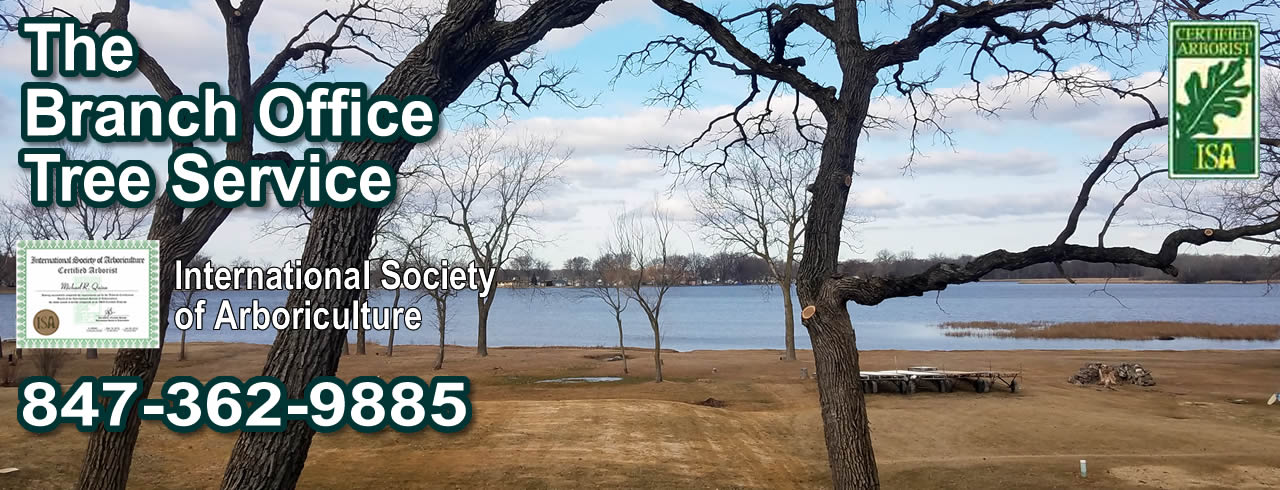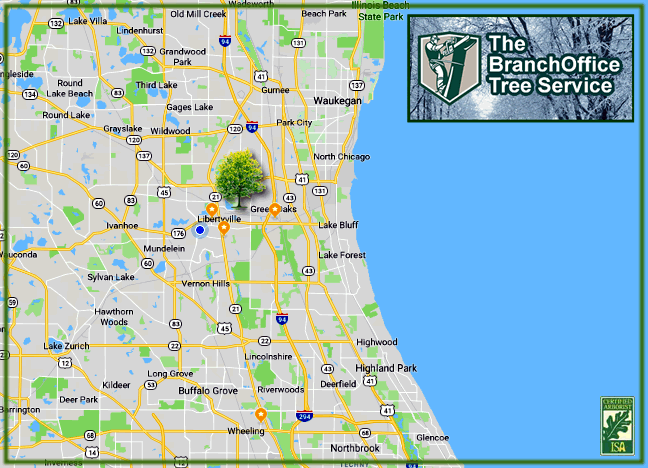"Winter takes a lot out of Hearty Pines and Shrubs trying to make transition into Summer."
Typical Signs of a Sick Pine Trees and Shrubs.
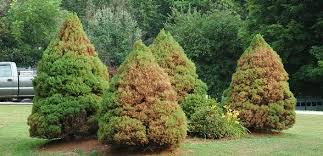
Pines (Pinaceae) are evergreen trees and shrubs with needles that provide year-round color. They thrive in U.S. Department of Agriculture hardiness zones 3 to 11, though different types fall into different zones within this range. When they're not healthy -- whether it's from disease or a pest infestation -- they show symptoms that mar their beauty. Discolored needles, excessive needle drop and similar signs reveal that something is off in your pine tree's environment, causing sickness.
Discolored Needles
Needle discoloration can indicate that your pine trees need more water or that they're suffering from a disease or insect infestation. Some types of bark beetles turn needles yellow or reddish-brown, while diseases such as dothistroma needle blight turn them brown, sometimes with dark brown stripes. Needles that fade to gray-green before deadening to brown are symptomatic of pine tree wilt, which affects Scotch, Austrian and ponderosa pines. Diplodia blight causes entire branches grow with brown needles. Discolored needles can also indicate rot from over-watering or poor-draining soil.
Needle Drop
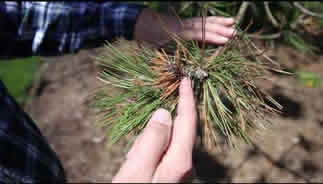
Pine trees shed their oldest needles in late summer and early fall. Typically, the needles on the tips of the branches are the youngest, meaning they remain green while the inner needles turn brown and fall. However, if you notice excessive needle drop -- particularly along the ends of the branches, where needles should be young and healthy -- something is wrong. Possible causes are drought stress, waterlogged soil, nitrogen deficiency, insect infestations, air pollution or disease. Diagnosing the exact sickness or problem can help you adjust the environment to suit your pine trees' needs.
Pine Cone Problems
Diplodia blight is a fungal disease that not only browns needles, but also affects pine cones. Affected cones show small black spots, which are the sporocarps -- also known as the fruiting bodies -- of the fungus. This disease primarily affects Austrian, black, red, mugo and Scotch pines, though you may spot it on white pines, too. The fungus Sphaeropsis sapinea is the problem, which spreads during rainy periods. Removing infected shoots and cones and providing pine trees with proper care can help eliminate the disease and keep the trees healthy; applying fungicide can also help prevent it.
Weak Spots
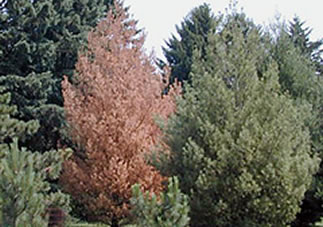
Pine tree branches may snap in heavy winds or storms, but sometimes excessive breakage indicates the fungal disease known as fusiform rust. It weakens parts of tree trunks, causing swellings that sometimes attract bores. These places are more vulnerable to damage from winds. If you notice the snapping branches, swelling areas or even sticky pine pitch oozing from the affected areas, you may need to remove the infected tree to avoid the fungal disease from spreading to other parts of the garden.
Pine Tree Care
The smartest way to prevent disease is to provide pine trees with proper care. They prefer rich, well-drained soil and a sunny location. Mulch can help keep the soil moist to reduce water stress, with the added benefit of preventing weeds from growing that would otherwise steal nutrients from pines. Fertilize with a slow-release fertilizer when possible, especially with young trees that are sensitive to large doses of quick-release fertilizers. Measure the trunk's diameter, and for every inch apply 2 pounds of a 10-10-10 fertilizer; alternatively, apply 2-to-4 pounds per 100 square feet of soil area.
